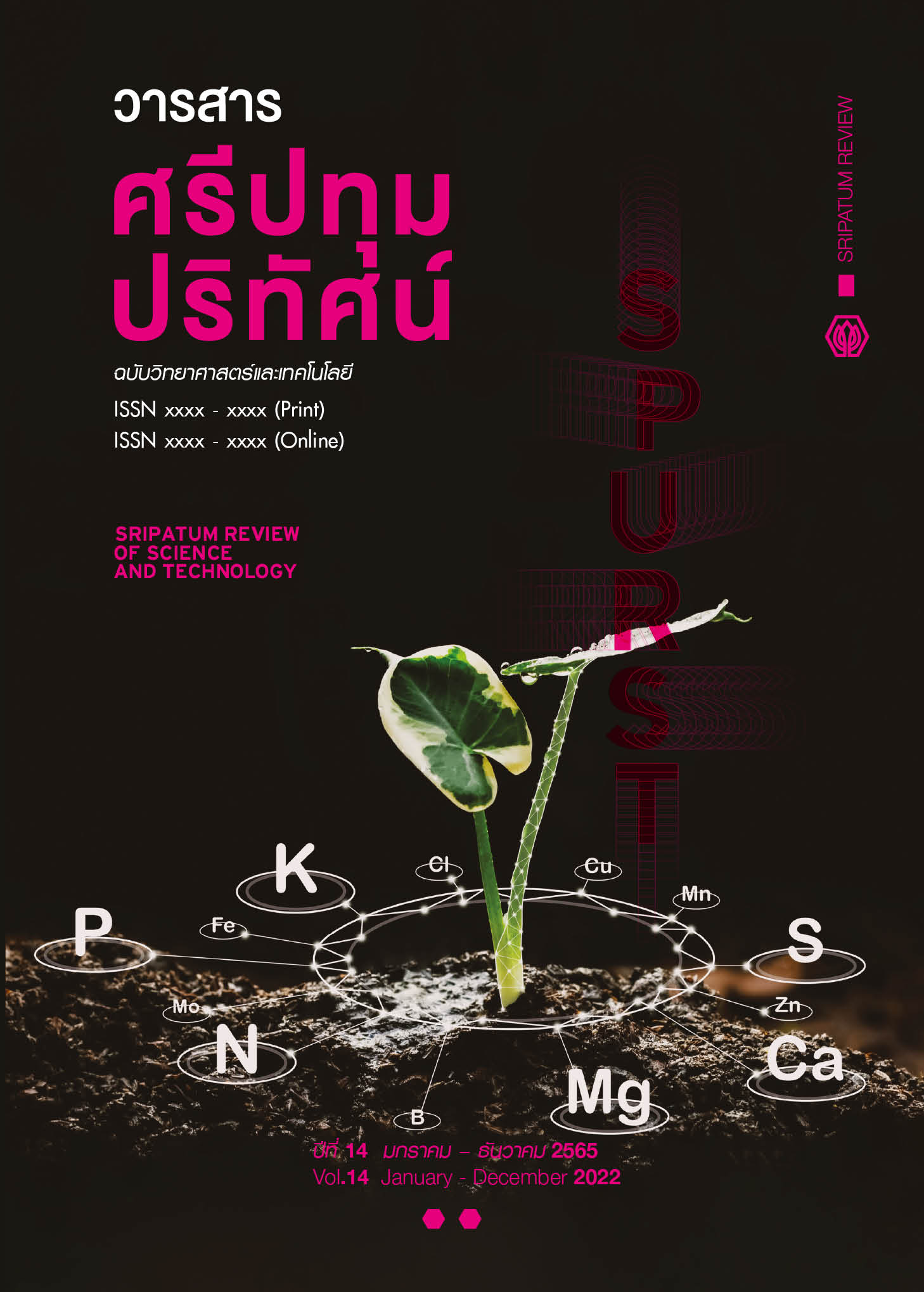Identifying and Ranking the Obstacles of Nitrogen Oxides (NO_x) and Sulphur Oxides (SO_x) Emission Reductions from Marine Engines in Government Agencies’ Perspectives on Thai Maritime Transportation Industry: Using Interpretive
Main Article Content
Abstract
The objective of this research was to identify and rank the barriers of reduction of nitrogen oxides () and sulfur oxides (
) emissions from marine engines in perspectives of government agencies which relevant to Thai maritime transportation industry. This study chose semi-structured interview to confirm the validity and added more related issues from the literature review. Purposive Sampling was a technique used for selecting samples with the criterions of knowledge, expertise, and experience in maritime transportation industry, air pollution and marine engineering. The samplings were experts selected from three government organizations which relevant to Thai maritime transportation industry to identify obstacles in Thailand's context. There was also used “Interpretive Structural Modeling: ISM” to understand the relationship between the priorities of obstacles. The results of the ISM technique were then applied to classify of obstacles by technique of “Cross-Impact Matrix Multiplication Applied to Classification (MICMAC)”. The findings indicated that the most significant obstacles of reducing mechanisms of
and
were high Technology capital and operational cost of Nitrogen Oxides and Sulphur Oxides reduction solutions and are not aware compliance with regulation in Government. This study can be useful for Thai shipowners and policymakers to manage the problem of maritime air pollution.
Article Details
References
Animah, I., Addy-Lamptey, A., Korsah, F., and Sackey, J. (2018). Compliance with MARPOL Annex VI regulation 14 by ships in the Gulf of Guinea sub-region: Issues, challenges, and opportunities. Transportation Research Part D: Transport and Environment, 62, 441-455.
Artpairin, A., and Pinmanee, S. (2022). Critical success factors in the management of petrochemical construction projects for contractors and subcontractors during the COVID-19 pandemic. [Online]. Retrieved February 09, 2022, from: https://www.tandfonline.com/loi/tjcm20.
Chu Van, T., Ramirez, J., Rainey, T., Ristovski, Z., and Brown, R.J. (2019). Global impacts of recent IMO regulations on marine fuel oil refining processes and ship emissions. Transportation Research Part D: Transport and Environment, 70, 123-134.
European Environment Agency (EEA). (2019). EMAS Environmental statement 2018. [Online]. Retrieved May 15, 2019, from: https://www.eea.europa.eu.
International Maritime Organization. (2021). MARPOL Annex VI. Imo.org. [Online]. Retrieved November 14, 2021, from: https://www.imo.org.
Lee, T., and Nam, H. (2017). A Study on Green Shipping in Major Countries: In the View of Shipyards, Shipping Companies, Ports, and Policies. The Asian Journal of Shipping and Logistics, 33, 253-262.
Lindstad, E., and Bo, T. (2018). Potential power setups, fuels, and hull designs capable of satisfying future EEDI requirements. Transportation Research Part D: Transport and Environment, 63, 276-290.
Lindstad, H., Sandaas, I., and Stromman, A.H. (2015). Assessment of cost as a function of abatement options in maritime emission control areas. Transportation Research Part D: Transport and Environment, 38, 41-48.
Ross, H.H., and Schinas, O. (2019). Empirical evidence of the interplay of energy performance and the value of ships. Ocean Engineering, 190, 106403.
Svanberg, M., Ellis, J., Lundgren, J., and Landalv, I. (2018). Renewable methanol as a fuel for the shipping industry. Renewable And Sustainable Energy Reviews, 94, 1217-1228.
Sandbhor, S., and Botre, R. (2014). Applying total interpretive structural modeling to study factors affecting construction labour productivity. Australasian Journal of Construction Economics and Building, 14, 20-31.
Sumrit, D. (2021). What are the obstacles hindering digital transformation for small and medium enterprise freight logistics service providers? An interpretive structural modeling approach. Uncertain Supply Chain Management, 9(3), 719-730.
Zhou, X., Li, T., and Yi, P. (2021). The similarity ratio effects in design of scaled model experiments for marine diesel engines. Energy, 231, 121116.
Zhu, M., Li, K. X., Shi, W., and Lam, J. S. L. (2017). Incentive policy for reduction of emission from ships: A case study of China. Marine Policy, 86, 253–258.


